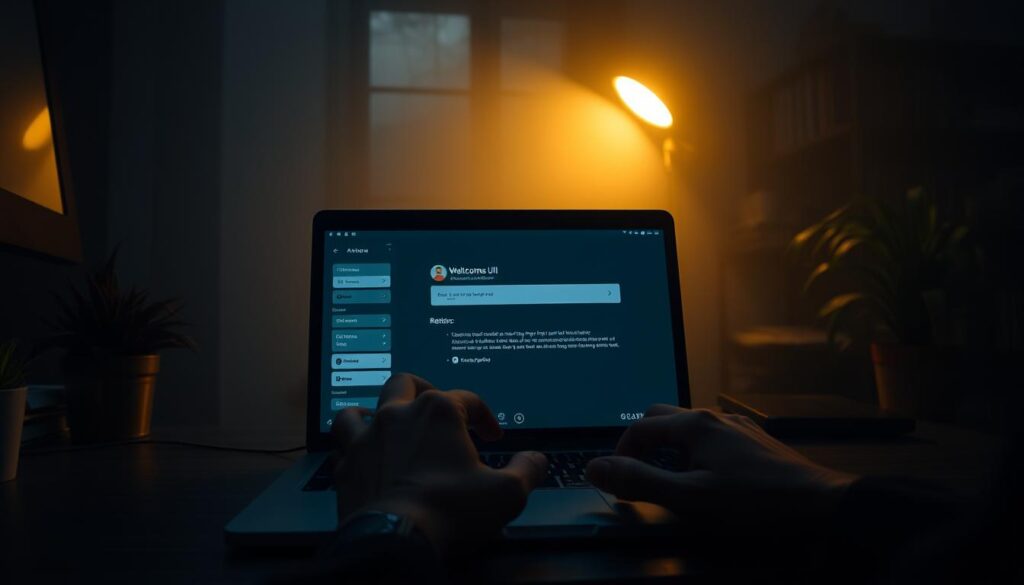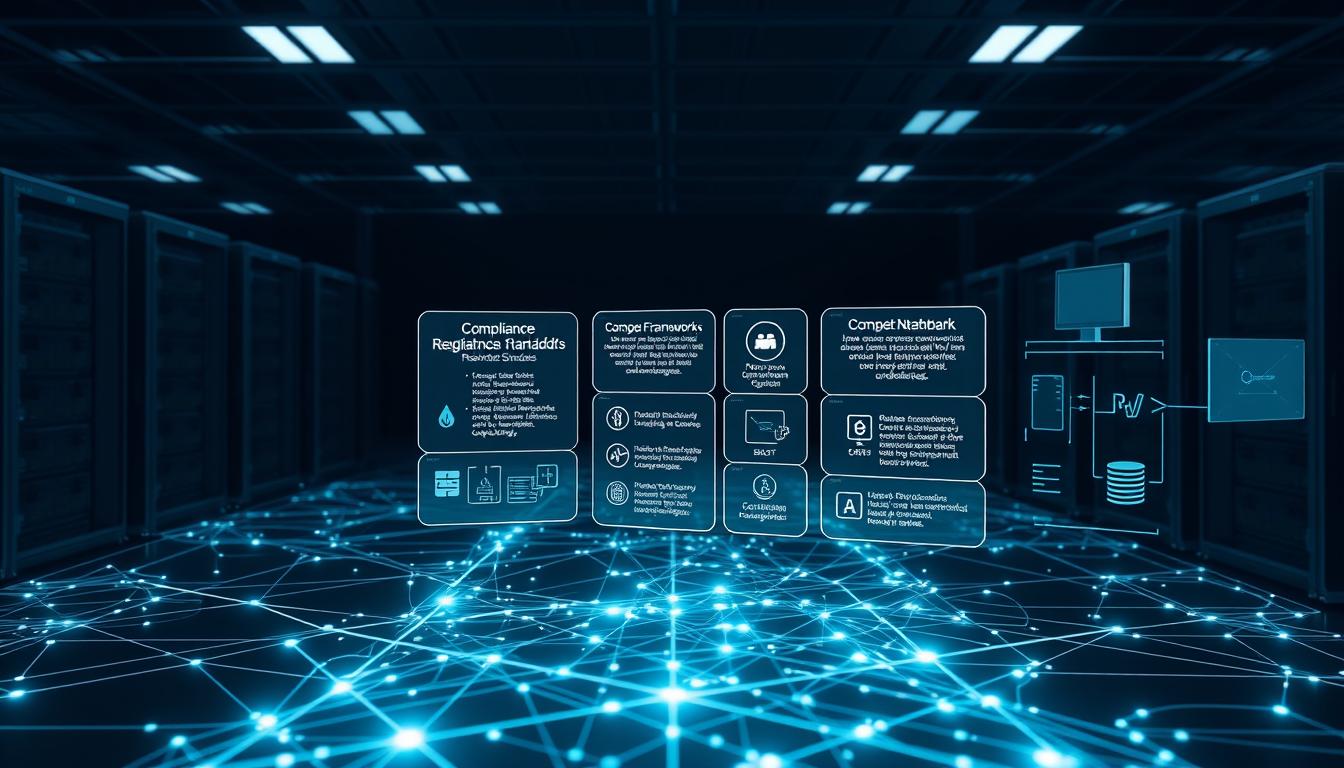Now Reading: Cryptocurrency recovery lost wallet access: Expert Solutions
- 01
Cryptocurrency recovery lost wallet access: Expert Solutions
Cryptocurrency recovery lost wallet access: Expert Solutions

H1: Cryptocurrency recovery lost wallet access: Expert Solutions
Imagine a scenario where you cannot open your digital vault. This situation affects countless individuals, with an estimated $400 billion in Bitcoin alone becoming inaccessible. When you misplace passwords, seed phrases, or face hardware failure, your valuable holdings can seem gone forever.
The decentralized nature of this technology means there is no central help desk to call for a password reset. However, proven methods and professional services do exist to help you regain control. This guide will walk you through the entire process, from identifying the cause of the lockout to implementing effective solutions.
You will learn about various techniques, including those used by professional recovery services. These experts employ specialized tools and methods to tackle different issues. We will also cover crucial security practices to protect your portfolio from future problems.
Understanding the distinction between a simple access problem and a theft is critical for choosing the correct path forward. This information comes directly from leading forensic experts and legal professionals in the field of digital finance.
Key Takeaways
- Billions of dollars in digital holdings are currently inaccessible due to common issues.
- Several expert-proven methods exist to help regain control of your portfolio.
- Professional services use advanced tools for a variety of recovery scenarios.
- Knowing the difference between lost access and theft is essential for recovery.
- Implementing strong security habits can prevent future lockouts.
- The recovery process timeline can vary significantly from case to case.
- Legal considerations in the United States play a role in the retrieval process.
Introduction to Cryptocurrency Recovery and Lost Wallet Access
The rapid expansion of the digital asset ecosystem has brought immense wealth, but also a hidden crisis of inaccessible funds. Millions now manage portfolios containing Bitcoin, Ethereum, and numerous other tokens.
Overview of the Digital Asset Landscape
Understanding the current state is sobering. A 2023 analysis reveals a staggering reality. Over $400 billion in Bitcoin alone is estimated to be permanently out of reach.
This represents nearly 20% of the entire supply. As values skyrocketed, even small, forgotten holdings became valuable. This created a need for specialized retrieval services.
The Importance of Maintaining Secure Wallet Access
The core principle of self-custody is absolute responsibility. Unlike a bank, there is no password reset for your crypto wallet.
Losing your private keys or seed phrase typically means permanent loss. This underscores the critical need for robust security practices from the start.
Knowing the difference between custodial and non-custodial wallets is essential. Your approach to protecting these assets depends entirely on this distinction.
Evaluating Common Causes of Lost Wallet Access
Understanding why people lose access to their digital holdings is the first step toward prevention. Most incidents stem from a few recurring patterns that experts see repeatedly.

Professional recovery specialists identify consistent themes across thousands of cases. Recognizing these patterns can help you avoid similar pitfalls.
Misplaced Private Keys and Seed Phrases
The seed phrase represents your private keys in readable form. Losing this critical backup means permanent loss since no reset option exists.
Moving homes frequently leads to misplaced paper backups. People accidentally discard vital documents during relocation chaos.
Software vs. Hardware Wallet Issues
Different wallets present distinct challenges. The table below highlights key differences in access problems.
| Issue Type | Software Wallets | Hardware Wallets |
|---|---|---|
| Common Problems | Forgotten passwords, corrupted files | Device failure, lost PIN codes |
| Recovery Options | Possible file backup restoration | Requires original seed phrase |
| User Error Impact | Operating system upgrades cause access issues | Never recording the recovery phrase |
User Errors and Self-Sabotaging Recovery Attempts
Many users worsen their situation through well-intentioned but harmful actions. Reformatting drives or reinstalling software can destroy recovery chances.
About 30-40% of professional cases involve hard drive issues made worse by DIY attempts. Testing backup procedures during initial setup prevents most problems.
Cryptocurrency recovery lost wallet access: Expert Guidance
Expert guidance provides the framework for systematically addressing access challenges and maximizing retrieval potential. Knowing when to attempt self-help versus seeking professional assistance is crucial.

Step-by-Step Recovery Process
The initial phase involves accurate problem diagnosis. Identify whether you’re dealing with forgotten credentials, misplaced backup phrases, or technical failures.
For password issues, begin with basic troubleshooting. Check for automatic backup files created by your software. Review any notes or hints you may have recorded.
If you possess your seed phrase but cannot reach your specific application, the solution is straightforward. Download a compatible platform that supports your asset type. Use the “restore” or “import” function with your complete phrase.
When to Engage Professional Recovery Services
Consider professional help when self-attempts fail and asset value justifies the cost. Services typically charge thousands of dollars but can recover significant holdings.
Warning signs include contemplating drastic actions like drive reformatting. Such moves destroy approximately 30-40% of otherwise retrievable cases according to specialists.
Successful professional interventions often involve early adopters with partial password knowledge. Firms use brute-force methods testing billions of combinations based on client hints.
Before engaging any service, verify their legitimacy thoroughly. Check reviews and confirm they don’t demand full payment upfront. Ensure they have secure data handling practices.
For future protection, consider implementing robust secure storage methods to prevent similar situations.
Leveraging Blockchain Forensics and Advanced Recovery Techniques
The permanent record of every transaction on a blockchain provides a powerful tool for investigators. This transparency allows for detailed analysis of asset movement.
Specialized firms use these techniques to trace digital holdings across the public ledger. Their work is critical in complex cases.
Using Blockchain Explorers to Track Asset Movements
Public tools like Etherscan and Blockchain.com act as search engines for the blockchain. You can enter a wallet address or a specific transaction ID to see its entire history.
This reveals where funds moved, when the transactions occurred, and which addresses received the coins. Setting up alerts for an address provides real-time notifications of any activity.
The Role of Forensic Analysis in Tracing Funds
Professional analysis goes far beyond basic tracking. Experts use artificial intelligence to detect patterns and identify suspicious activity.
This is vital even when obfuscation techniques are used. The table below contrasts basic tracking with professional forensic analysis.
| Feature | Basic Blockchain Explorer | Professional Forensic Tool |
|---|---|---|
| Primary Function | Viewing public transaction history | Pattern recognition and risk scoring |
| Obfuscation Handling | Limited ability to track through mixers | Advanced algorithms to trace obscured flows |
| Outcome | Confirmation of asset movement | Identification of destination exchanges for potential freezing |
When traced funds land on a regulated exchange, there is a realistic path to retrieval. Law enforcement can request the platform to freeze the assets.
For more on this process, explore the work of expert blockchain tracing and recovery services. This confirms that your crypto remains untouched, allowing you to focus on regaining entry.
Implementing Best Practices for Wallet Security and Asset Protection
Proactive security measures form the foundation of sustainable digital asset management. Implementing robust protection practices ensures your holdings remain secure against evolving threats.

Strong security habits prevent most common issues before they occur. These practices create multiple layers of defense for your portfolio.
Storing Private Keys and Seed Phrases Offline
Offline storage represents the most critical security measure. Write your seed phrase on physical paper and store it in multiple secure locations.
Experts recommend using an inexpensive safe specifically for backup storage. This prevents accidental disposal during moves or cleaning.
Adopting Multi-Signature and Cold Storage Solutions
Multi-signature wallets require multiple approvals for transactions. This eliminates single points of failure for high-value accounts.
Cold storage keeps your keys completely isolated from internet-connected devices. The table below compares popular cold storage options.
| Storage Type | Security Level | User-Friendliness | Best Use Case |
|---|---|---|---|
| Hardware Wallets | High | Excellent | Regular access needed |
| Paper Wallets | Maximum | Basic | Long-term storage |
| Air-Gapped Computers | Ultimate | Advanced | Large institutional holdings |
Staying Updated on Emerging Crypto Scams and Threats
Regularly monitoring security updates helps you recognize new threats. Participate in community discussions and follow trusted security researchers.
Enable two-factor authentication on all accounts and verify addresses before sending. These simple measures provide significant protection against common scams.
Legal Considerations and Recovery Efforts in the United States
When digital holdings are compromised, American legal frameworks offer specific pathways for pursuing recovery through official channels. Victims have multiple options for seeking justice and reclaiming their assets.

Involving Law Enforcement and Cybercrime Units
Filing an official police report creates a permanent record of the incident. This documentation is essential for both criminal investigations and potential civil actions.
Specialized agencies like the FBI have dedicated cybercrime units. These teams possess the technical expertise to handle complex digital asset cases.
| Agency | Specialization | Response Time | Success Rate |
|---|---|---|---|
| FBI Cyber Division | Domestic crypto crimes | 2-4 weeks | High for traced funds |
| Interpol Cybercrime | International coordination | 4-8 weeks | Medium for cross-border cases |
| Europol EC3 | European investigations | 3-6 weeks | High within EU jurisdiction |
Legal Actions and Forensic Reporting in Crypto Recovery
Professional forensic firms provide detailed blockchain analysis reports. These documents map fund movements across multiple wallets and exchanges.
Civil litigation becomes viable when fraudster identities are known. Successful lawsuits have resulted in asset recovery for many users.
Tightening KYC and AML regulations make recovery more feasible. Exchanges must verify identities, making anonymous cash-outs increasingly difficult.
Conclusion
Mastering the balance between security and accessibility forms the cornerstone of successful digital asset management. This guide has shown that while retrieval challenges exist, proper strategies can often restore control over your holdings.
Prevention remains your strongest defense. Implementing robust security practices protects your portfolio from common issues. Proper backup procedures and secure storage methods are essential for long-term protection.
The landscape continues to evolve with improved forensic tools and regulatory frameworks. Taking prompt, informed action when facing access issues maximizes potential success. Your digital investments deserve diligent care and professional support when needed.
FAQ
What is the first thing I should do if I lose access to my digital assets?
Immediately stop making any changes to your device or wallet. The first step is to calmly retrace your steps. Check for any written backups of your seed phrase or password. If you use a service like Coinbase or Ledger, consult their official support resources for specific recovery procedures.
Can I recover my funds if I lost my seed phrase but still have my password?
Unfortunately, no. Your seed phrase is the master key to your holdings. A password typically only protects the software interface on your device. Without the seed phrase, you cannot restore your account or move your coins on the blockchain.
Are there legitimate services that can help me regain access to my wallet?
Yes, professional recovery services exist that use advanced techniques like blockchain forensics. It is critical to choose a reputable firm with a proven track record. Be extremely wary of anyone who contacts you first or promises guaranteed results, as scams are common in this space.
What is the main difference between losing access to a software wallet versus a hardware wallet?
The recovery process is similar because both types rely on your seed phrase. The main difference is the point of failure. A software wallet issue might be related to a corrupted app or forgotten login. A hardware wallet problem could be a lost, damaged, or malfunctioning physical device. In both cases, your seed phrase is the ultimate solution.
How can I prevent this situation from happening in the future?
Implement robust security practices. Store multiple copies of your seed phrase on durable materials like metal, and keep them in separate, secure physical locations. Consider using a multi-signature setup for large holdings, which requires multiple keys to authorize transactions, adding an extra layer of protection.











